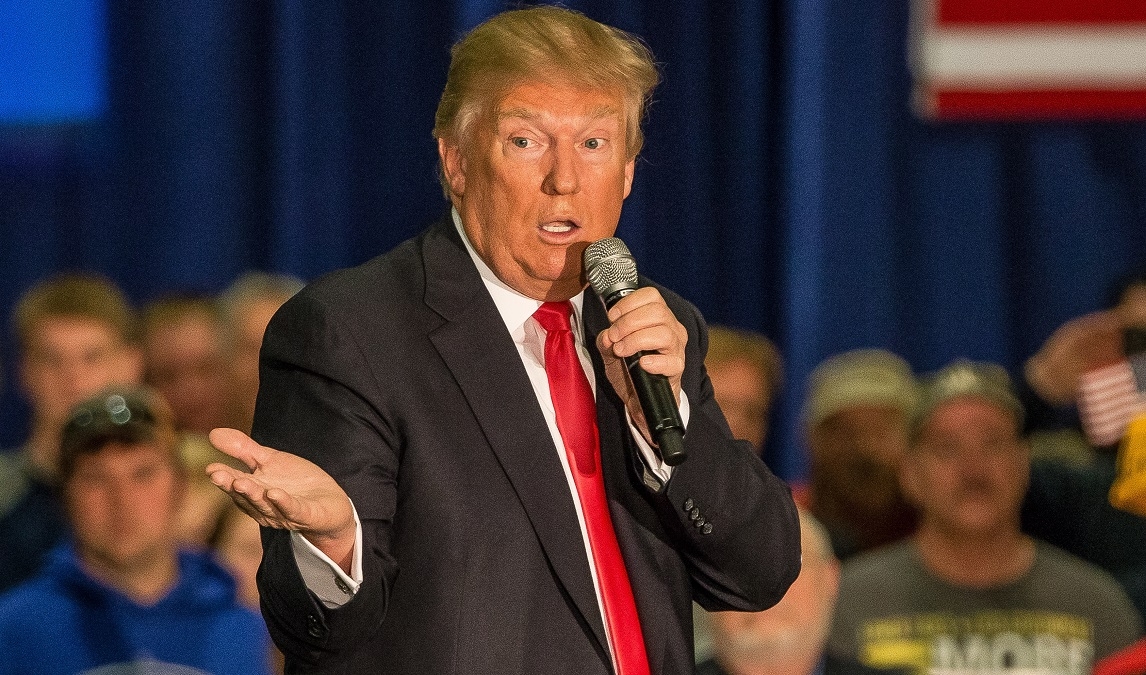National
Top Trump advisers say tax plan won’t disproportionately favor rich; non-partisan analysis says it will

Analysis says 50% of tax benefit goes to those making over $730,000
BEDMINSTER, New Jersey — President Donald Trump’s top advisers say his proposed tax plan would not cut taxes disproportionately for the rich — despite an early non-partisan analysis that says it will.
The White House and congressional Republicans released the broad strokes of a plan last week that would dramatically cut corporate tax rates from 35 percent to 20 percent, reduce the number of personal income tax brackets and boost the standard deduction.
The Tax Policy Center of the Urban Institute and Brookings Institution released an analysis Friday that found the plan would deliver 50 percent of its total tax benefit to taxpayers in the top 1 percent, those with incomes above $730,000 a year.
But White House budget director Mick Mulvaney told CNN’s “State of the Union” Sunday that it was too early for analysts to gauge that figure because the plan leaves out, for now, many crucial details, such as which income levels the new tax brackets would apply to.
“In fact, I don’t think anybody can. And anybody who says they can is simply lying to you,” Mulvaney said. “It is impossible to sit down and say, this will be the impact on this wage earner or this family at this particular time.”
Still, that didn’t stop Trump from doing just that during a speech in Indiana last week pitching the plan. In his remarks, Trump pointed to a number of locals, including Jonathan Blanton, an industrial janitor from Greentown, who earns a combined $90,000 a year with his wife.
“Under our tax plan they would have saved more than $1,000, and it could be substantially more,” Trump told the crowd. “And that’s just on federal taxes.”
Trump has also insisted that the plan wouldn’t reduce his personal tax bills, telling supporters: “It’s not good for me. Believe me.”
The plan includes a number of provisions that favor the rich, including cutting the top income tax rate, getting rid of the alternative minimum tax, and eliminating the federal estate tax. Under current law, the first $11 million of an estate is exempt for a married couple, meaning only the wealthiest Americans pay it.
But Treasury Secretary Steve Mnuchin told NBC’s “Meet the Press” that Trump’s goal is to boost jobs and lower the tax burden for the middle class.
“The president has been very clear. And I’ve been clear from the beginning. Our objective is not to create tax cuts for the wealthy. Our objective is about creating middle-income tax cuts,” he said.
In a separate appearance on ABC’s “This Week,” Mnuchin was asked whether he could guarantee Trump would not get a tax cut under his plan.
“Again, as I’ve said all along, the objective of the president is that rich people don’t get tax cuts. And we’re perfectly comfortable, as we go through this process, we’ll explain to the American public how that works,” Mnuchin said.
The Tax Policy Center and Brookings found that, under the plan, the after-tax incomes of the wealthiest Americans would increase 8.5 percent next year.
For other taxpayers, though, the benefits are far more modest or non-existent, the report finds. Taxpayers in the bottom 95 percent would see tax cuts averaging 1.2 percent of after-tax income or less next year.
And about 12 percent of taxpayers would face a tax increase next year, of $1,800 on average. That includes more than one-third of taxpayers earning between about $150,000 and $300,000, mostly because of the elimination of many itemized deductions.
By 2027, taxes would increase for about a quarter of Americans, including nearly 30 percent of those earning about $50,000 to $150,000 a year, and 60 percent of people making $150,000 to $300,000, according to the study.







